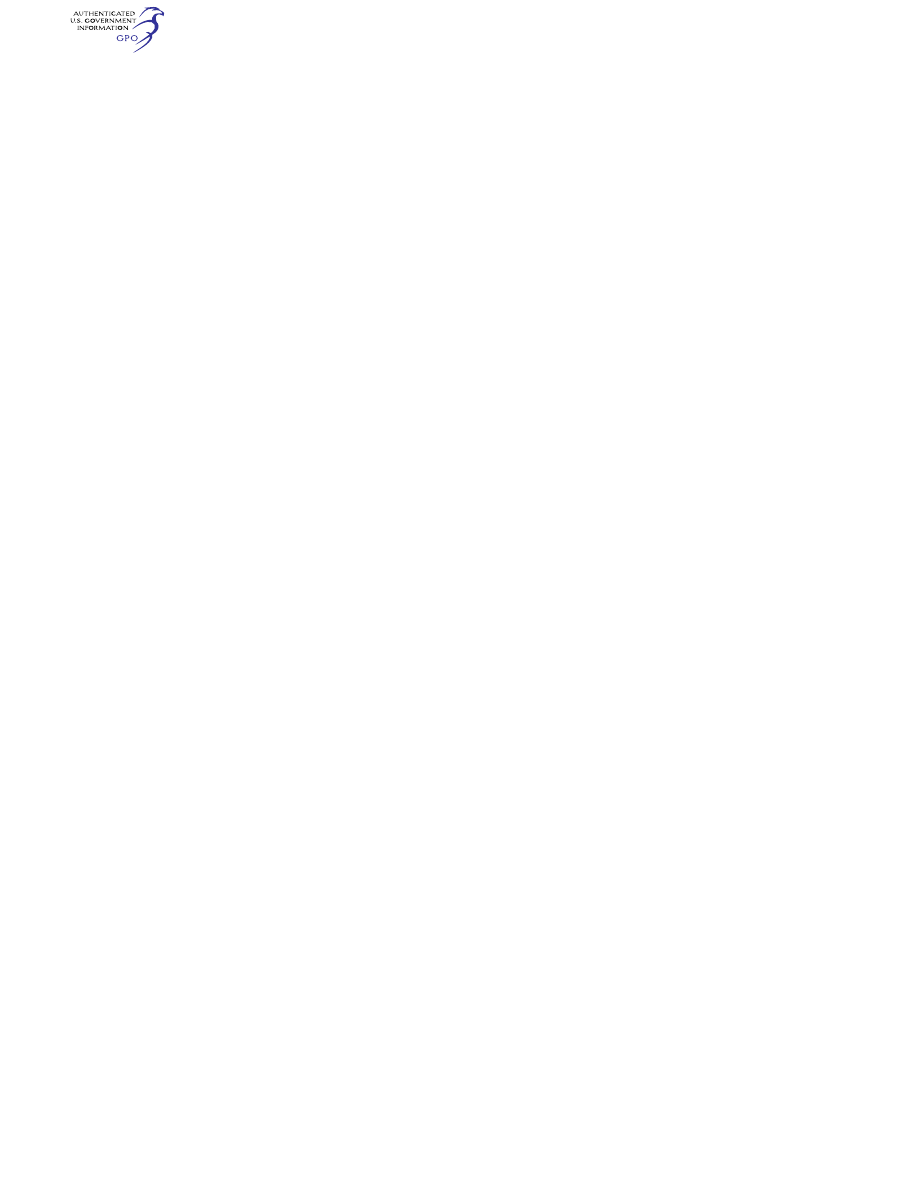
609
Federal Aviation Administration, DOT
§ 29.735
(1) The loads occurring in any ma-
neuvering condition with the gear re-
tracted;
(2) The combined friction, inertia,
and air loads occurring during retrac-
tion and extension at any airspeed up
to the design maximum landing gear
operating speed; and
(3) The flight loads, including those
in yawed flight, occurring with the
gear extended at any airspeed up to the
design maximum landing gear extended
speed.
(b)
Landing gear lock. A positive
means must be provided to keep the
gear extended.
(c)
Emergency operation. When other
than manual power is used to operate
the gear, emergency means must be
provided for extending the gear in the
event of—
(1) Any reasonably probable failure in
the normal retraction system; or
(2) The failure of any single source of
hydraulic, electric, or equivalent en-
ergy.
(d)
Operation tests. The proper func-
tioning of the retracting mechanism
must be shown by operation tests.
(e)
Position indicator. There must be
means to indicate to the pilot when the
gear is secured in the extreme posi-
tions.
(f)
Control. The location and oper-
ation of the retraction control must
meet the requirements of §§ 29.777 and
29.779.
(g)
Landing gear warning. An aural or
equally effective landing gear warning
device must be provided that functions
continuously when the rotorcraft is in
a normal landing mode and the landing
gear is not fully extended and locked.
A manual shutoff capability must be
provided for the warning device and the
warning system must automatically
reset when the rotorcraft is no longer
in the landing mode.
[Doc. No. 5084, 29 FR 16150, Dec. 3, 1964, as
amended by Amdt. 29–24, 49 FR 44437, Nov. 6,
1984]
§ 29.731
Wheels.
(a) Each landing gear wheel must be
approved.
(b) The maximum static load rating
of each wheel may not be less than the
corresponding static ground reaction
with—
(1) Maximum weight; and
(2) Critical center of gravity.
(c) The maximum limit load rating of
each wheel must equal or exceed the
maximum radial limit load determined
under the applicable ground load re-
quirements of this part.
§ 29.733
Tires.
Each landing gear wheel must have a
tire—
(a) That is a proper fit on the rim of
the wheel; and
(b) Of a rating that is not exceeded
under—
(1) The design maximum weight;
(2) A load on each main wheel tire
equal to the static ground reaction cor-
responding to the critical center of
gravity; and
(3) A load on nose wheel tires (to be
compared with the dynamic rating es-
tablished for those tires) equal to the
reaction obtained at the nose wheel,
assuming that the mass of the rotor-
craft acts as the most critical center of
gravity and exerts a force of 1.0
g down-
ward and 0.25
g forward, the reactions
being distributed to the nose and main
wheels according to the principles of
statics with the drag reaction at the
ground applied only at wheels with
brakes.
(c) Each tire installed on a retract-
able landing gear system must, at the
maximum size of the tire type expected
in service, have a clearance to sur-
rounding structure and systems that is
adequate to prevent contact between
the tire and any part of the structure
or systems.
[Doc. No. 5084, 29 FR 16150, Dec. 3, 1964, as
amended by Amdt. 29–12, 41 FR 55471, Dec. 20,
1976]
§ 29.735
Brakes.
For rotorcraft with wheel-type land-
ing gear, a braking device must be in-
stalled that is—
(a) Controllable by the pilot;
(b) Usable during power-off landings;
and
(c) Adequate to—
(1) Counteract any normal unbal-
anced torque when starting or stopping
the rotor; and
VerDate Sep<11>2014
09:06 Jun 28, 2024
Jkt 262046
PO 00000
Frm 00619
Fmt 8010
Sfmt 8010
Y:\SGML\262046.XXX
262046
jspears on DSK121TN23PROD with CFR
